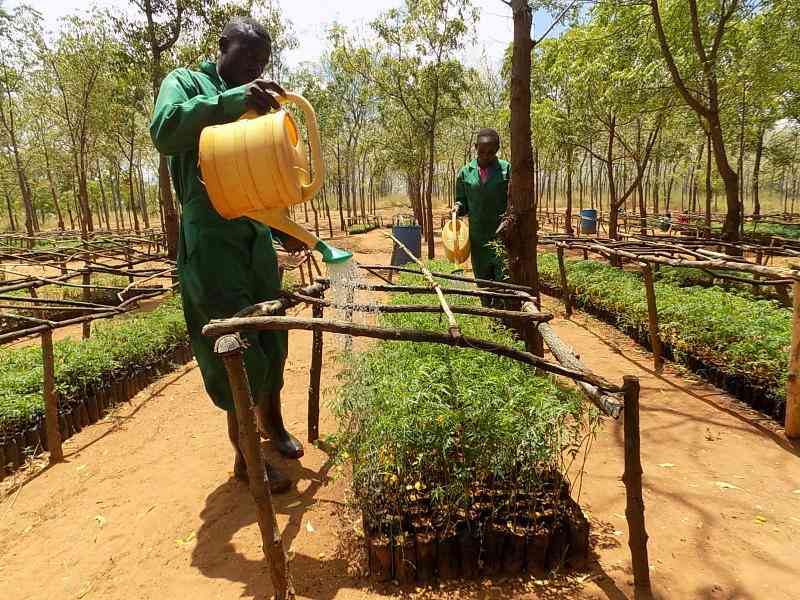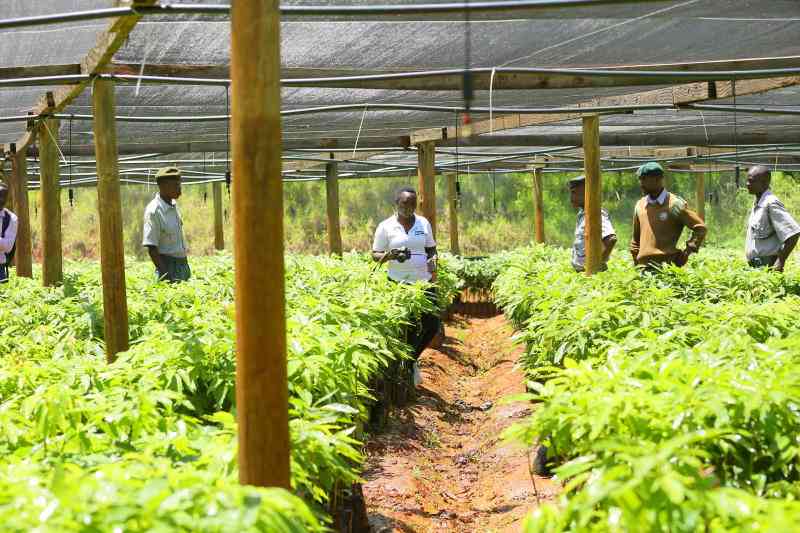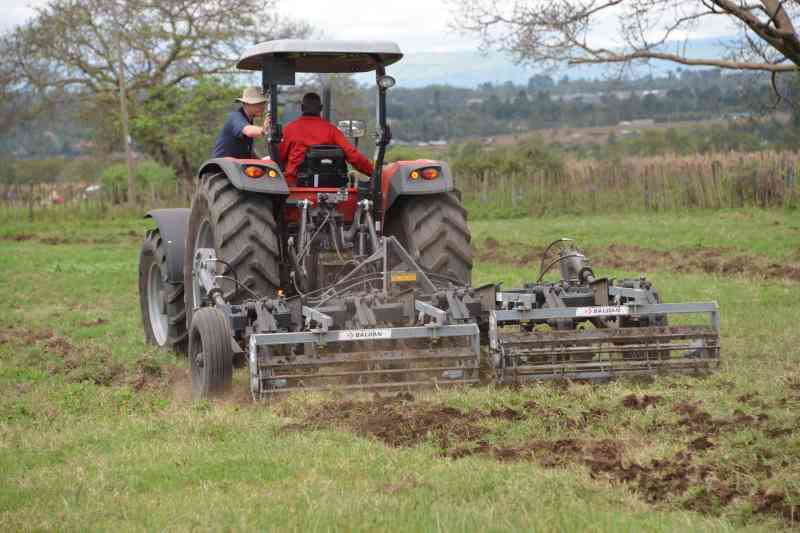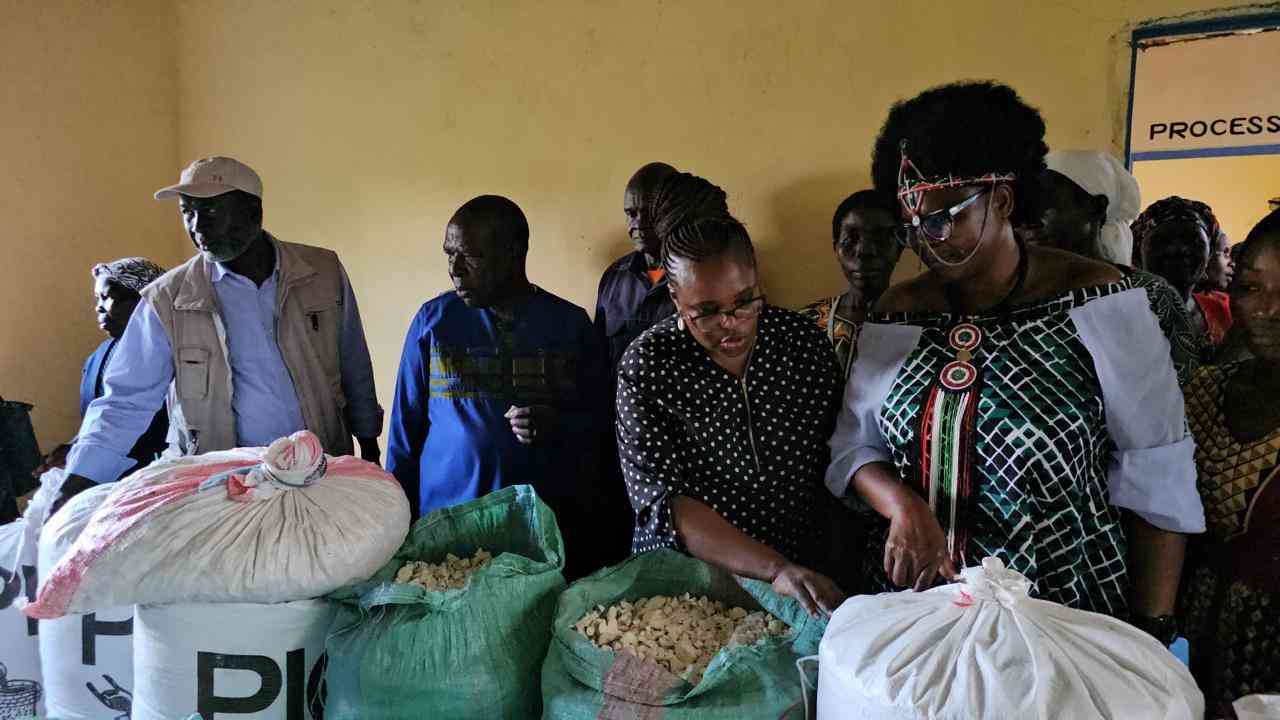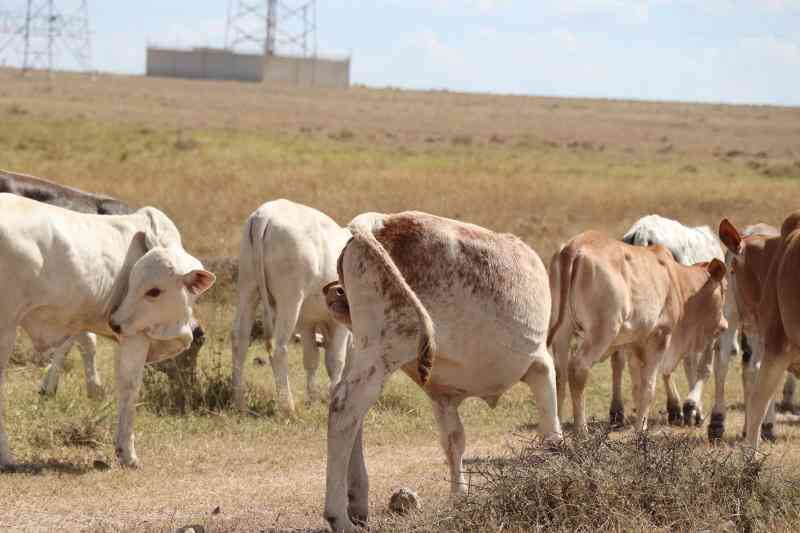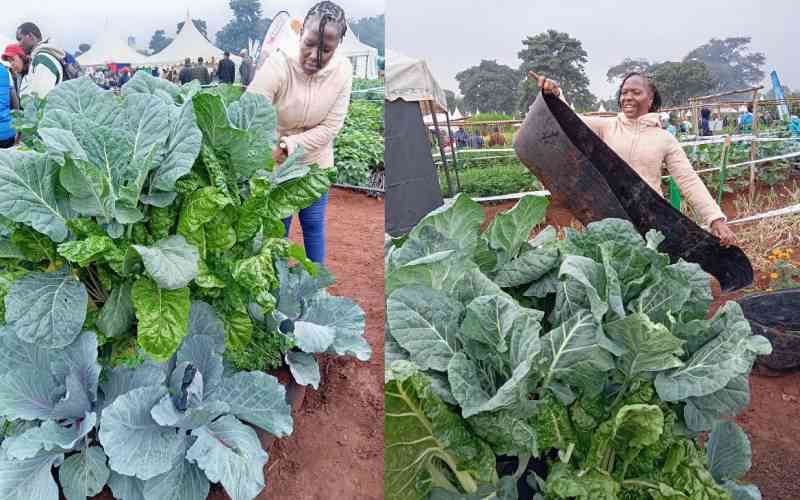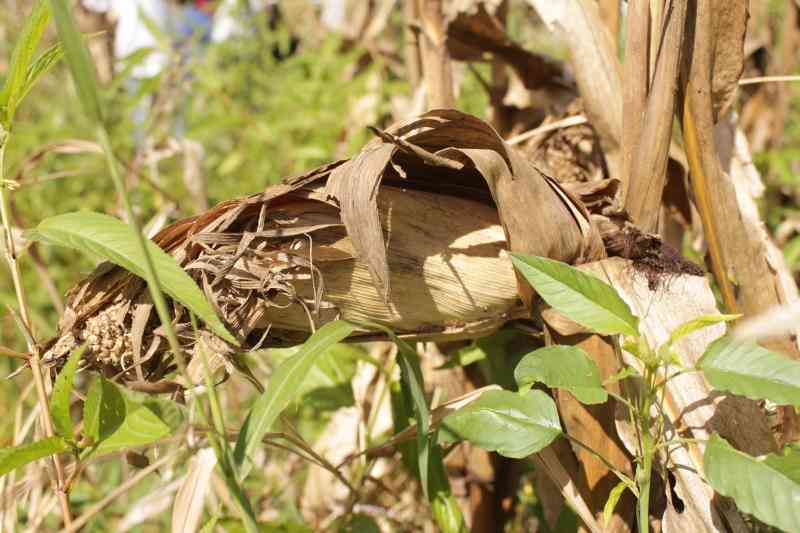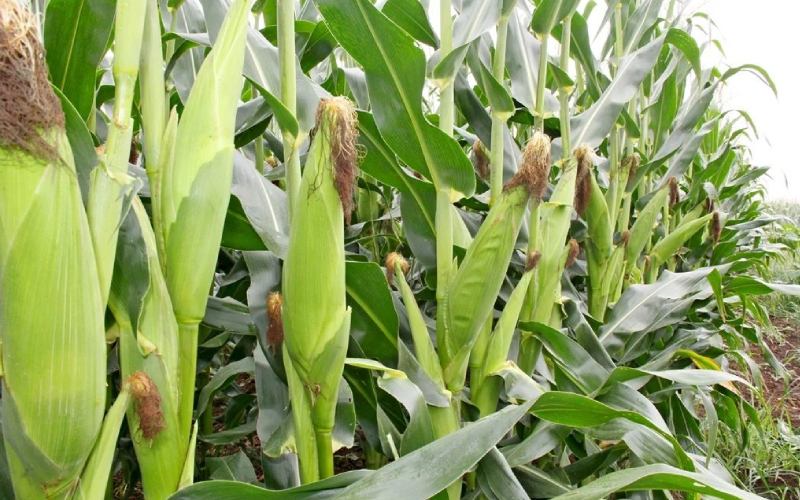
The rains are here and farmers are busy. Maize farmers should understand the growth and development of the plant to do proper crop husbandry to maximise yields. Although farmers have no control of natural conditions such as rain or drought, they can mitigate these risks through the choice of maize varieties, improved soil conditions through tillage methods, fertiliser application, and crop rotation. Maize crop goes through vegetative and reproductive phases. Moisture stress at critical stages at germination and emergence can reduce yields. First, farmers must prepare land properly and ensure recommended planting density to guarantee maximum yields. Poor plant population or ununiform growth would reduce yields. Poor soil preparation could result in maize seedlings taking long to emerge, providing room for fungal attack. Choose varieties as per the agro-ecological zones and thoroughly read and understand the recommendations of the seed companies.
Soil temperature
Ensure soil temperature is higher than 15 degrees centigrade before planting for uniform emergence and vigour. Cool soil hinders root development and, consequently, moisture and nutrient absorption, slowing development. With warm and moist conditions, seedlings emerge after 6 to 10 days. Conversely, this may take two weeks or more under cool or dry conditions. The required optimal temperature range for germination should be between 20 and 30 degrees centigrade, while the optimal moisture content of the soil is about 60 per cent of soil capacity.
Emergence stage
Maize crop, upon emergence, will continue to grow through the several leaf stages ranging from V1 stage to VT stage, each representing the number of leaves produced by the plant during that particular stage. The emergence stage to the V5 stage is critical; therefore, shield your crop from any form of stress. At stages V3 to V5, the number of (kernel) rows per ear that the plant will produce is determined. This key yield-determining stage is called the switching point. The yield potential can only be maintained or lowered for the rest of the season, depending on the prevailing environmental conditions.
At V3 to V5 growth stages, the growth point is still underground, where soil temperatures heavily influence it. A low soil temperature can extend the time between leaf stages, and although damage caused by hail, wind, and frost at this stage has little effect, it can delay the growth period by a few days. Also, waterlogging and high temperatures can result in the substantial loss while the growth point is still below ground.
Maize crop rapidly grows during the first 30 to 40 days after planting, and you should provide adequate nutrients. During this period, take time to look for signs of nutrient deficiency. The plants should be deep green; purple-tinged leaves could mean the plants are suffering from a lack of phosphorus, whereas light-green leaves indicate a lack of nitrogen. Leaf samples can confirm deficiencies and help determine corrective actions and how much of a specific fertiliser you should apply. The first stage of the reproductive phase is the formation of silk. Water and nutrient stress can lead to strained development of the maize ears during this stage.
When the plants are between four and six weeks old, apply a top dressing with ammonium nitrate/urea. It is recommended that farmers do split top dressing, with the first half applied at four weeks and the second at seven weeks after emergence. Weeds can considerably reduce maize yield. In previous research, weeds caused yield losses of up to 15 per cent. It is crucial to start the production season with a field free of weeds and competition so that the seedlings can develop unhindered. Weed control should be carried out to ensure optimal grain yield and support the switching point yield level.
 The Standard Group Plc is a multi-media organization with investments in media platforms spanning newspaper print
operations, television, radio broadcasting, digital and online services. The Standard Group is recognized as a
leading multi-media house in Kenya with a key influence in matters of national and international interest.
The Standard Group Plc is a multi-media organization with investments in media platforms spanning newspaper print
operations, television, radio broadcasting, digital and online services. The Standard Group is recognized as a
leading multi-media house in Kenya with a key influence in matters of national and international interest.


